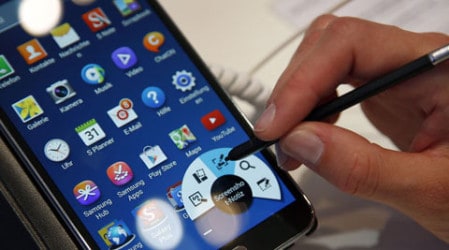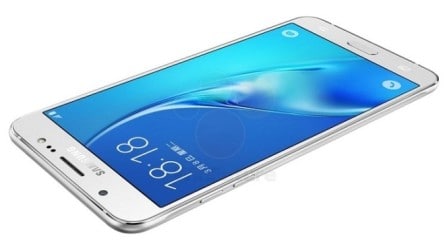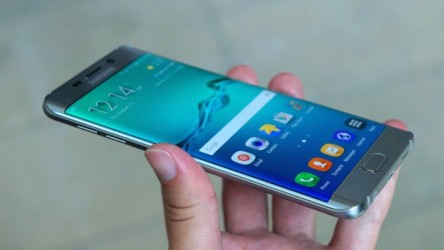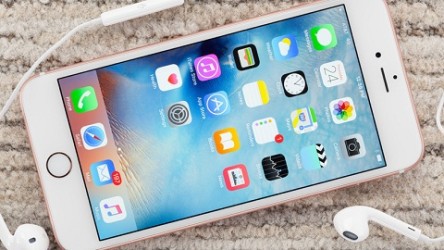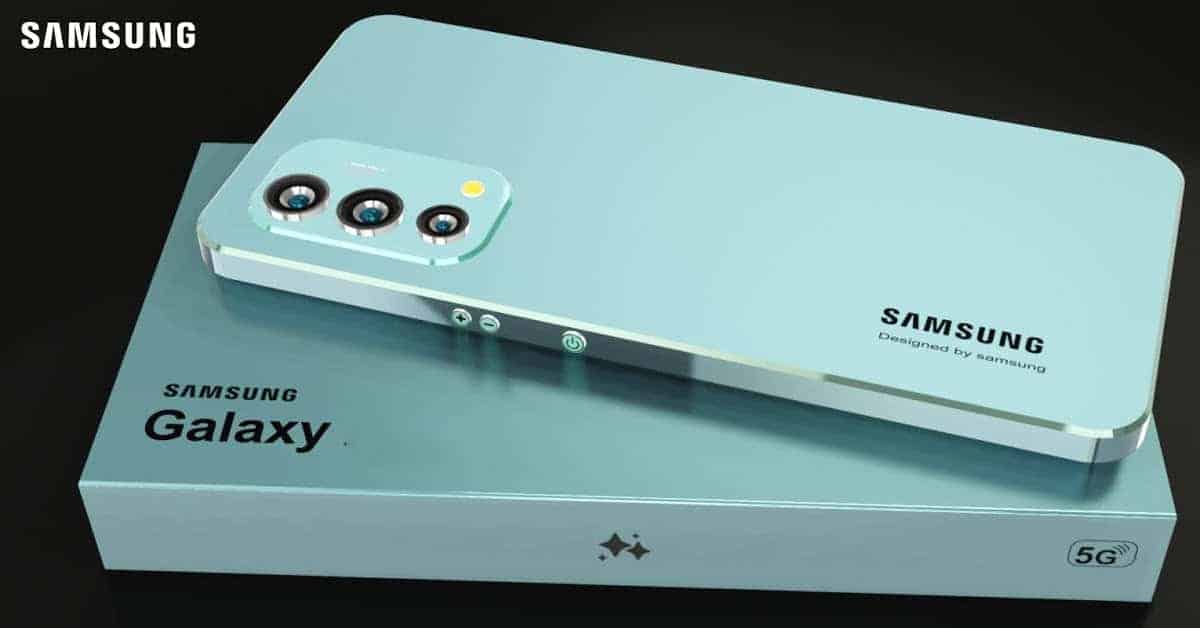How many types of screen resolution are there?
Today we will introduce to you the most common types of screen resolution in the smartphone industry! Let’s take a look to know more about your current phone’s screen!
1. HD screen resolution
HD stands for high definition. HD display measures 1280 x 720 pixels. As long as your device’s display comes with this screen resolution, you are having an HD display. This definition has nothing to do with the screen size. However, it’s the screen size that also decides how good the images are shown on the screen.
If there are two HD screens, one measuring 5 inches and the other measuring 10 inches, obviously the 5-inch screen views better images. Another definition you need to know is pixel density, which is in the form of ppi (pixel per inch). With HD resolution, a 4.3-inch has 342ppi; a 4.7-inch has 312ppi. The bigger the screen, the lower the pixel density and hence the poorer images viewed. Samsung Galaxy J7 is an example of smartphones with HD screen resolution.
2. Full HD screen resolution
Full HD screen is a step forward in terms of resolutions. This is currently the most popular screen in smartphones. It measures 1920 x 1280 pixels, which is a bit higher than the HD screen. Again, the pixel density depends on the size of the screen. If you have a 5-inch full HD smartphone, the pixel density is around 440ppi. If your phone comes with a 5.5-inch display, the pixel density arrives at 400ppi, the point at which normal people with 20/20 vision can distinguish. Oppo F1 Plus is an example for this screen type.
3. QHD, Quad HD or 2K screen resolution
The next screen resolution quad HD or 2k. This screen type has 4 times more pixels than the standard HD. To be exact, 2k display has 2560 x 1440 pixels. A 5.5-inch 2k screen has the pixel density of 538ppi. Actually, normal eyes cannot tell the difference between a 5.5-inch full HD display and a f5.5-inch 2k display. But for phablets or tablets with 5.7-inch screen and above, 2k resolution results in better image than full HD resolution. There’s no phone better as an example of this screen type than the brand-new Samsung Galaxy Note 7.
4. Ultra HD and 4k screen resolution
Now this is the extreme! 4k display has two times more pixels than the 2k display. In fact, it packs 4,096 x 2,160 pixels. There’s one misconception that 4k display is Ultra HD display. Actually, ultra HD display “only” has 3,860 x 2,160 pixels. The first and only phone to have a ultra HD screen (they prefer to call it 4k display) is Sony Xperia Z5 Premium. With the massive pixel density of 806ppi, this Sony phone is actually over expectation, because in fact, even a 14-inch laptop doesn’t need such massive resolution. Only with a 21-inch TV and above can we tell the difference of a 4k display. The only advantage of 4k smartphones is that they can view 4k videos.
5. Retina display
This is not a technical term. In fact, it’s just a commercial name. But the way to define such display is to base on the resolution. Overall, retina display is the kind of display whose individual pixel cannot be recognized. This technology is a trademark of Apple. People define Retina display by pixel density, not the resolution, because a larger screen needs higher resolution (enough not to be recognized in individual pixels). Usually, the pixel density of a Retina display is 326ppi for smartphones, 264ppi for tablets and 220ppi for laptops.
How many types of screen resolution are there?
So now you have understood the most common types of screen resolution. Which one you think is the most suitable for your usage? Tell us now!
